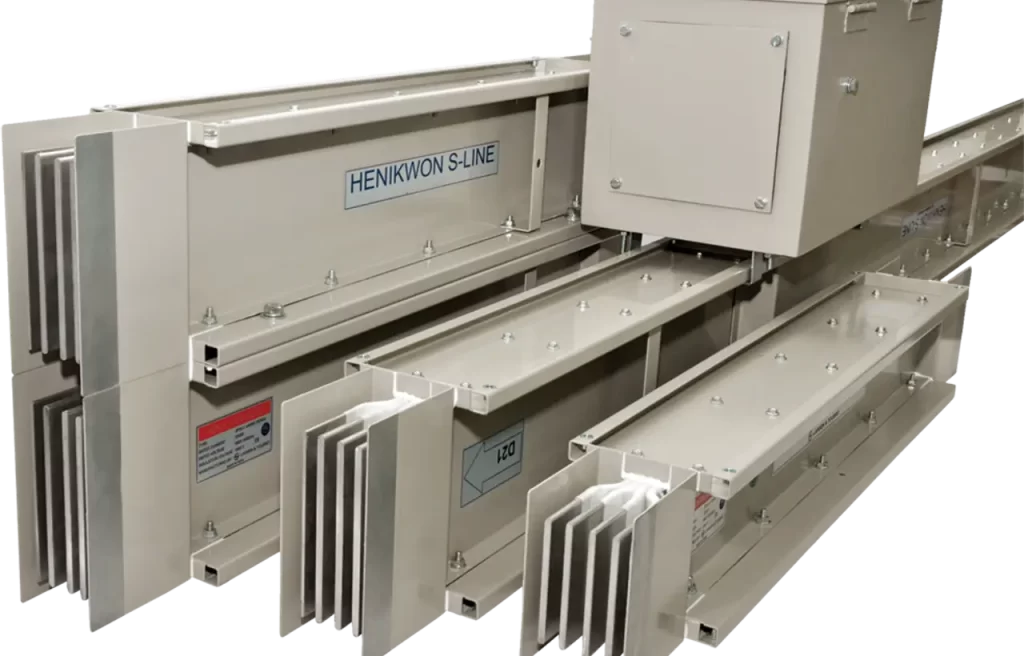Mistakes to Avoid When Choosing a Busbar Trunking System
Mistakes to Avoid When Choosing a Busbar Trunking System
Blog Article
In today’s industrial and commercial setups, a reliable power distribution system is non-negotiable. One of the most effective and efficient methods of electrical power distribution is the busbar trunking system. However, choosing the right system involves careful planning and technical consideration. A wrong decision can lead to unnecessary expenses, performance failures, or safety hazards. Companies like Manikaran Enterprises emphasize precision in both system selection and implementation to ensure long-term operational reliability.

Overlooking Load Requirements
One of the most common mistakes businesses make when selecting a busbar trunking system is not accurately assessing their current and future load requirements. Underestimating the load can lead to overheating, voltage drops, and increased energy losses, while overestimating may result in wasted investment. It's essential to calculate the present load and factor in future expansions to choose the optimal current rating for the system.
Ignoring Environmental Conditions
Environmental conditions play a critical role in determining the durability and efficiency of a busbar trunking system. Factors such as humidity, temperature variations, dust levels, and potential exposure to corrosive elements must be evaluated. A system designed for an indoor, controlled environment will not perform effectively in a dusty, outdoor manufacturing plant. Selection should be aligned with the specific environmental demands of your facility.
Neglecting System Flexibility
Businesses often focus solely on current needs and forget to plan for scalability. A busbar system that lacks modularity can become a hurdle when your business expands. Selecting a system that offers flexibility for extension, relocation, or reconfiguration saves time and money down the line. Choose a modular system that can evolve with your operations to avoid costly upgrades later.
Disregarding Safety Standards
Electrical safety is paramount, and yet, many installations fail to comply with local or international safety standards. It's vital to ensure that the chosen busbar trunking system is tested and certified to meet safety norms. Systems with built-in short circuit protection, insulation, and fire resistance reduce the risks associated with electrical faults. Compliance ensures not only safety but also insurance validity and legal protection.
Compromising on Installation Expertise
Even the best-quality busbar trunking system can fail if not installed properly. Improper installation can result in operational failures, increased maintenance, and safety hazards. Opting for professional Busbar Trunking System Installation Service in India ensures that your system is configured correctly, tested thoroughly, and compliant with all regulations. Experienced installation providers like Manikaran Enterprises ensure long-term reliability and system integrity.
Overlooking Maintenance Accessibility
Maintenance is an ongoing necessity in any electrical system. A mistake often made is selecting a design that complicates access to components. Choose a busbar trunking system that allows easy access for inspection, testing, and maintenance. Poor accessibility increases downtime during servicing and drives up maintenance costs. Always review design layouts for maintenance compatibility before finalizing your selection.
Failure to Evaluate Vendor Reliability
Choosing the right vendor is as important as selecting the right product. Partnering with an inexperienced or unreliable supplier can lead to poor support, delays, or substandard quality. It's advisable to work with a Top Electrical Solution Company in Rajasthan with a proven track record in quality, safety, and performance. Look for customer testimonials, previous project experience, and post-installation service offerings before making a decision.
Disregarding Energy Efficiency
Another frequently overlooked aspect is the energy efficiency of the busbar trunking system. Efficient systems reduce power losses and operational costs in the long run. Copper vs. aluminum conductors, conductor size, and insulation quality all play roles in determining system efficiency. An energy-efficient choice may have a higher upfront cost but yields significant long-term savings.
Not Considering Aesthetic and Space Factors
In modern commercial buildings, aesthetics and space utilization are increasingly important. A bulky, unattractive system can interfere with interior design and functional layouts. Selecting a compact, sleek busbar system that fits well within ceilings, floors, or wall spaces ensures both visual and spatial harmony.
Conclusion
Choosing the right busbar trunking system is not just a technical decision—it’s a strategic one. From load calculations to installation and vendor selection, every step must be carefully considered. Avoiding these common mistakes can save time, money, and operational disruptions. Trusted service providers like Manikaran Enterprises ensure that your system is selected and installed with precision, safety, and long-term reliability in mind. When investing in critical infrastructure like power distribution, the right choice today ensures uninterrupted performance tomorrow. Report this page